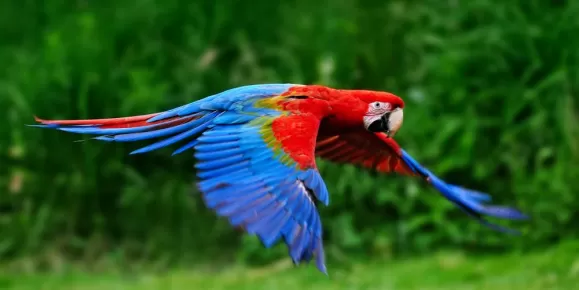Amazon Discovery - High Water Season
Nauta - Iquitos - 4 Day Itinerary aboard Delfin Amazon Cruises
- Visit Amazon Natural Park
- Kayak Yanayacu River
- Join an Amazon piranha fishing
- See Fundo Casual wildlife
- Starts / Ends
- Iquitos / Iquitos
- Activities
- Stand Up Paddle Boarding
- Activity Level
- Variable
Sail through the Amazon on a 4-day cruise aboard Delfin I from Iquitos to Nauta. Explore flooded forests, meet local communities, spot pink dolphins, and visit the Amazon Natural Park. Experience guided excursions, unique wildlife, and cultural encounters in one of the world’s most biodiverse regions.




























